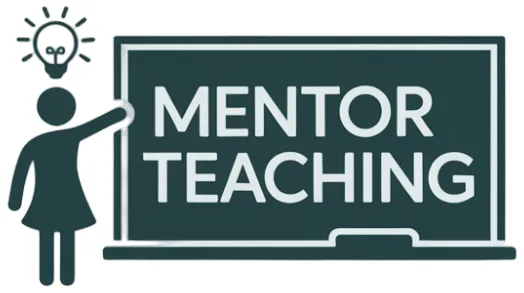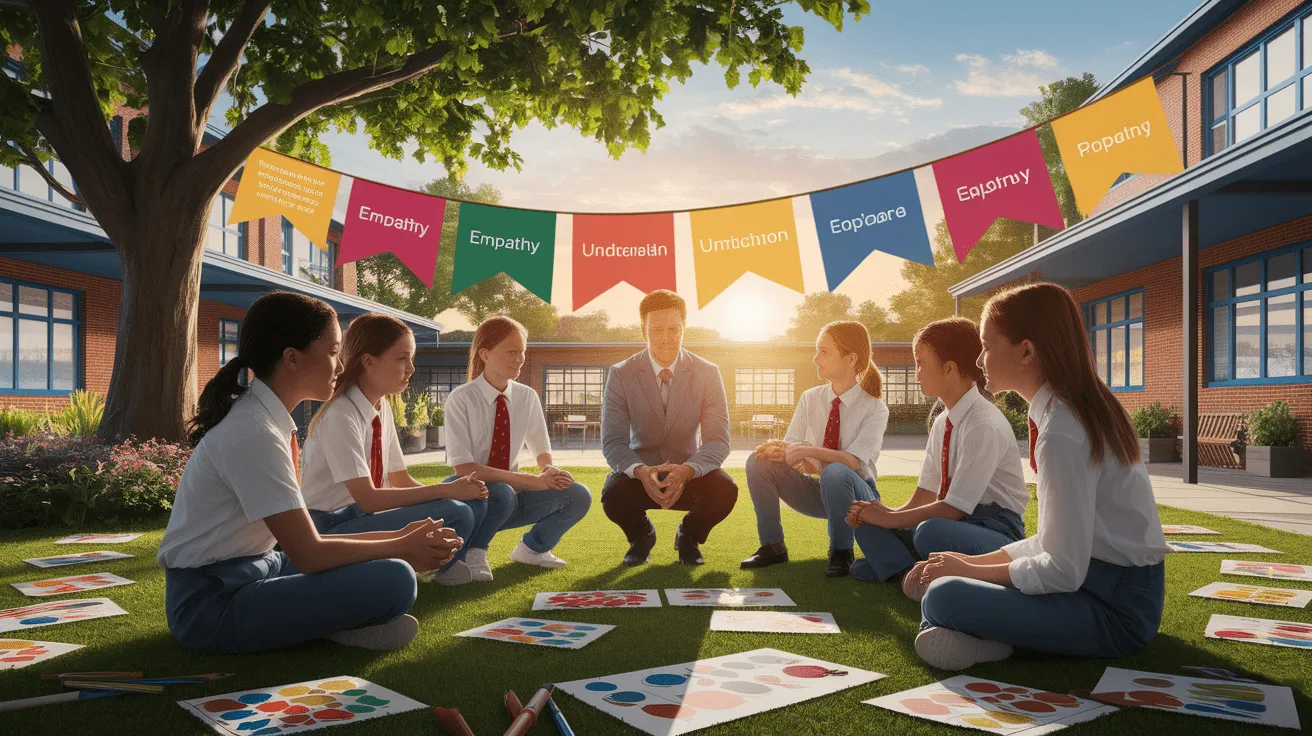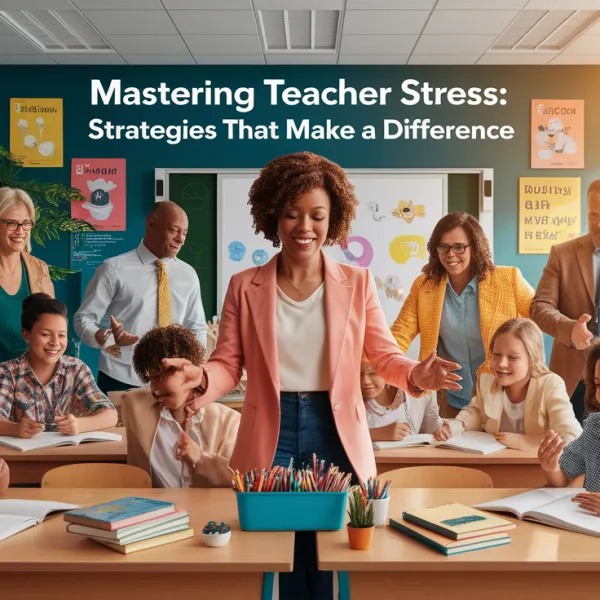Fast-Track Your Restorative Revolution
Ready to transform your classroom or school into a thriving community of connection, healing, and mutual respect? Restorative practices offer just that—a shift from rule enforcement to relationship building and collaborative problem solving. Instead of relying purely on punitive measures, these approaches encourage empathy, accountability, and meaningful dialogue. As outlined in the definition of restorative practices, the movement blends proactive community-building with reactive conflict resolution strategies. Best of all? You can start seeing ripple effects almost immediately when implementation strategies are clear and purposeful.

Laying a Strong Foundation
Every solid building starts with a sturdy base, and your restorative revolution is no different. Begin by introducing restorative principles to your entire school community—students, educators, families, and even non-teaching staff. A shared understanding helps everyone get buy-in, and the process outlined in the whole-school implementation guide is a great road map for this stage.

Some foundation-building steps include:
- Assemble a leadership team committed to modeling restorative values.
- Collect baseline data to understand your current school climate and discipline challenges.
- Host introductory workshops to explore concepts like community building, accountability processes, and healing-centered approaches.
- Encourage cultural responsiveness by considering the unique needs and voices of your school’s population.
The goal here is to create a shared vision and readiness for the journey ahead.
Launching Restorative Activities
Now that the groundwork is set, let’s get interactive! Activities such as restorative circles, peer mediation programs, and classroom-based affective statements invite students and staff to connect and collaborate.

Start simple, as suggested in the school-wide restorative rollout guide:
- Introduce community-building circles during advisory or homeroom.
- Practice conflict resolution techniques through role-play scenarios.
- Integrate social emotional learning and trauma-informed practices into daily lessons.
- Create a safe space for ongoing dialogue about issues affecting the school community.
The focus at this stage is participation—not perfection. With every activity, you’re enhancing communication skills, empathy development, and collaborative problem solving.
Monitoring and Refinement
Like any strong educational program, restorative practices flourish with thoughtful evaluation. This means checking: Are we improving our positive school climate? Are students actively engaging in disciplinary alternatives? According to the measurement framework for restorative practices, it’s best to track several pillars—such as staff empowerment, student exposure to practices, and actual usage of restorative techniques—through both qualitative feedback and quantitative data.

Here are some ways to keep your implementation on course:
- Survey stakeholders regularly to gather insights on relationship building and harm reduction.
- Analyze school discipline records for trends in behavior improvements.
- Hold monthly professional learning community (PLC) meetings to troubleshoot and share successes.
- Adjust activities based on the outcomes and reflections collected.
Monitoring isn’t about catching mistakes—it’s about celebrating progress and refining your process so practices stay fresh and impactful.
Sustaining Restorative Culture
Building is only half the mission—keeping your restorative community thriving is the other. Sustainability relies on constant learning and leadership support, as highlighted in the NYC DOE sustainability section. That means regular training, open communication, and embedding restorative activities into the rhythm of school life.
Consider these ongoing strategies:
- Host annual workshops or retreats to recharge enthusiasm and skills.
- Schedule regular restorative circles as a staple of your calendar, not a one-off intervention.
- Maintain strong stakeholder engagement by involving families and community partners.
- Use data-driven progress checks to highlight growth and areas for improvement.
When restorative practices become part of your school’s DNA, they can withstand leadership changes, shifting priorities, or even the occasional challenge to the system.
The Restorative Home Stretch
You’ve laid the foundation, kicked off the activities, fine-tuned your approach, and nurtured your culture—now it’s time to keep that momentum going! Think of this final stretch less as an endpoint and more as a renewal. Every school year brings fresh opportunities to strengthen relationships, improve classroom management, and empower students with inclusive and healing-centered approaches.
Celebrate your wins, share your journey with other educators, and keep expanding your toolbox with practices that meet the evolving needs of your community. With steady commitment, the rewards—reduced misbehavior, improved student engagement, and a vibrant, connected learning environment—are just the beginning.




